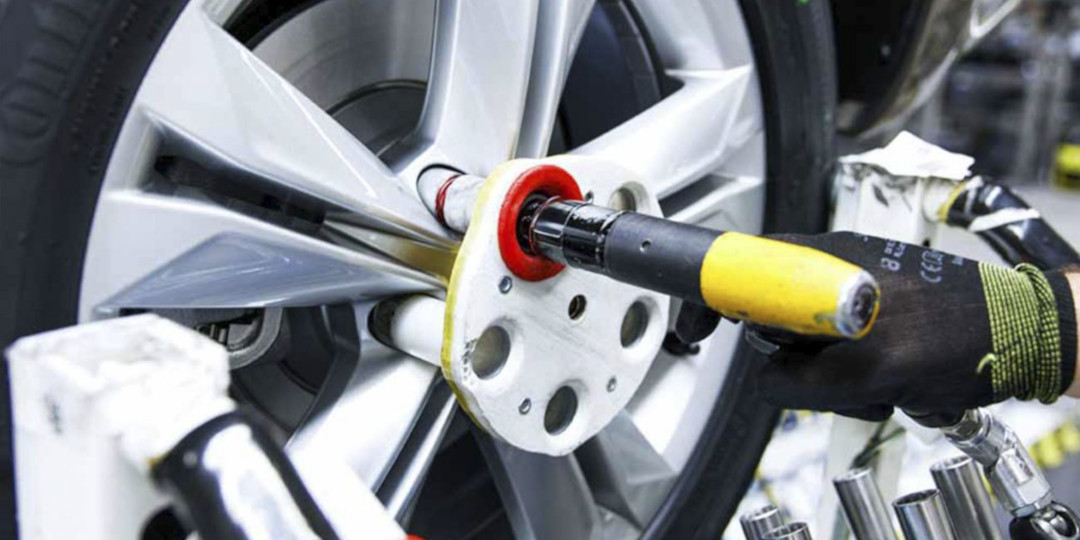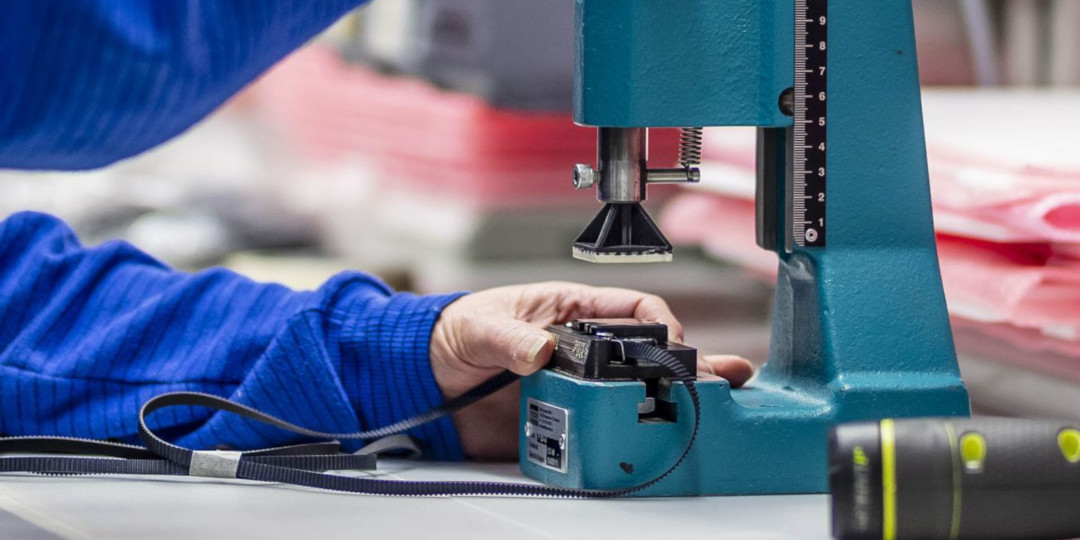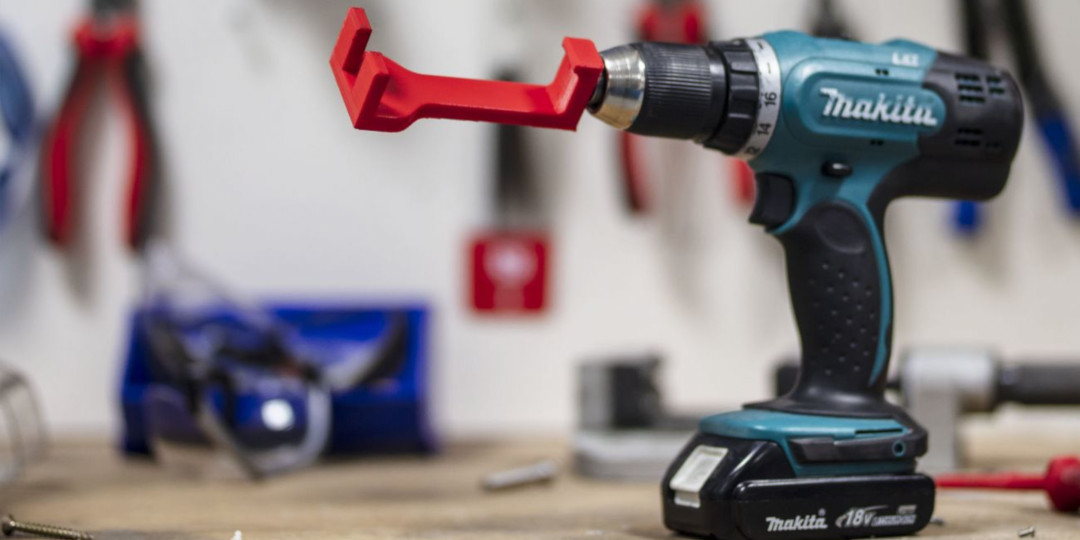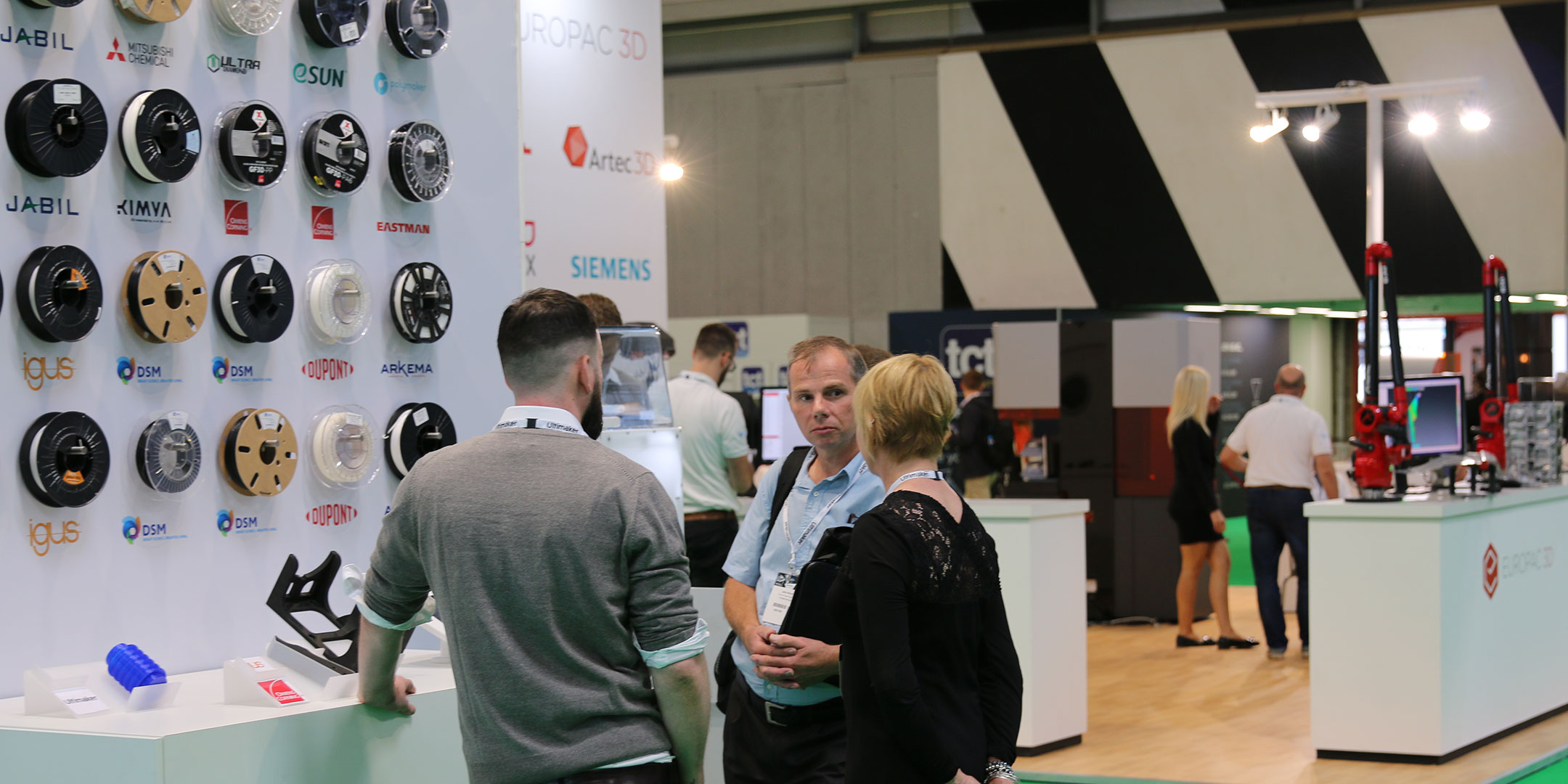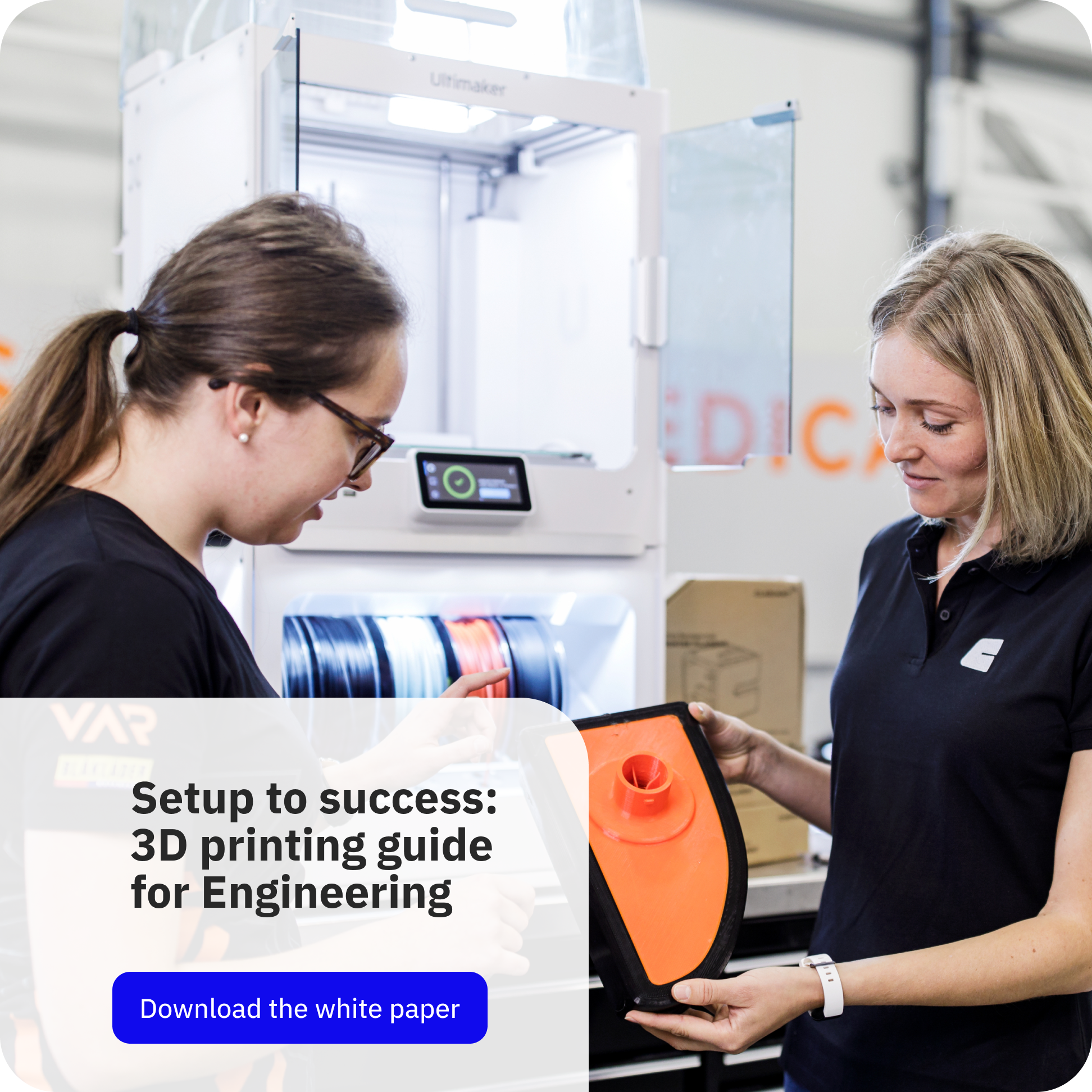Application focus: Jigs and fixtures
In manufacturing, product development, or maintenance, there are many times when off-the-shelf tools can’t be used on the product you are assembling or repairing. Custom jigs and fixtures help operators ensure accurate and repeatable work, for example by guiding a tool or holding an object in place. In a fast-paced production environment, this efficiency can make a big difference to the bottom line of a business.
Benefits of custom jigs and fixtures
Jigs and fixtures have many benefits for the manufacturing industry, making working on products easier, faster, or even possible at all. They can also have ergonomic benefits by making a task easier for an employee to perform.
Custom jigs and fixtures can be designed to be adjustable, so they can handle a range of items. Alternatively, they can also be designed for a specific part.
3D printed jigs and fixtures
Creating jigs and fixtures can be time-consuming and costly with conventional production methods. Not every company has a workshop with CNC machines, and outsourcing can take weeks, is expensive, and makes iterating a design a drawn-out process.
3D printed tools usually cost around $10 to produce, whereas traditional methods can cost easily over $1,000 for the same part. By using 3D printing, you will have the first results in a matter of hours, enabling you to validate your design directly.
As many engineers know, the first design is never the right design. So being able to quickly print these parts, makes iterating to the perfect design fast and efficient. And once you have the design finalized, it’s easy to print a replacement part or share your design with other locations around the world. No matter where you need the part, with a 3D printer you can instantly create the right tool without having to deal with long lead times.
Proven examples of jigs and fixtures
Here are four examples of 3D printed jigs and fixtures, proven to save time, money, and make work easier for the user.














